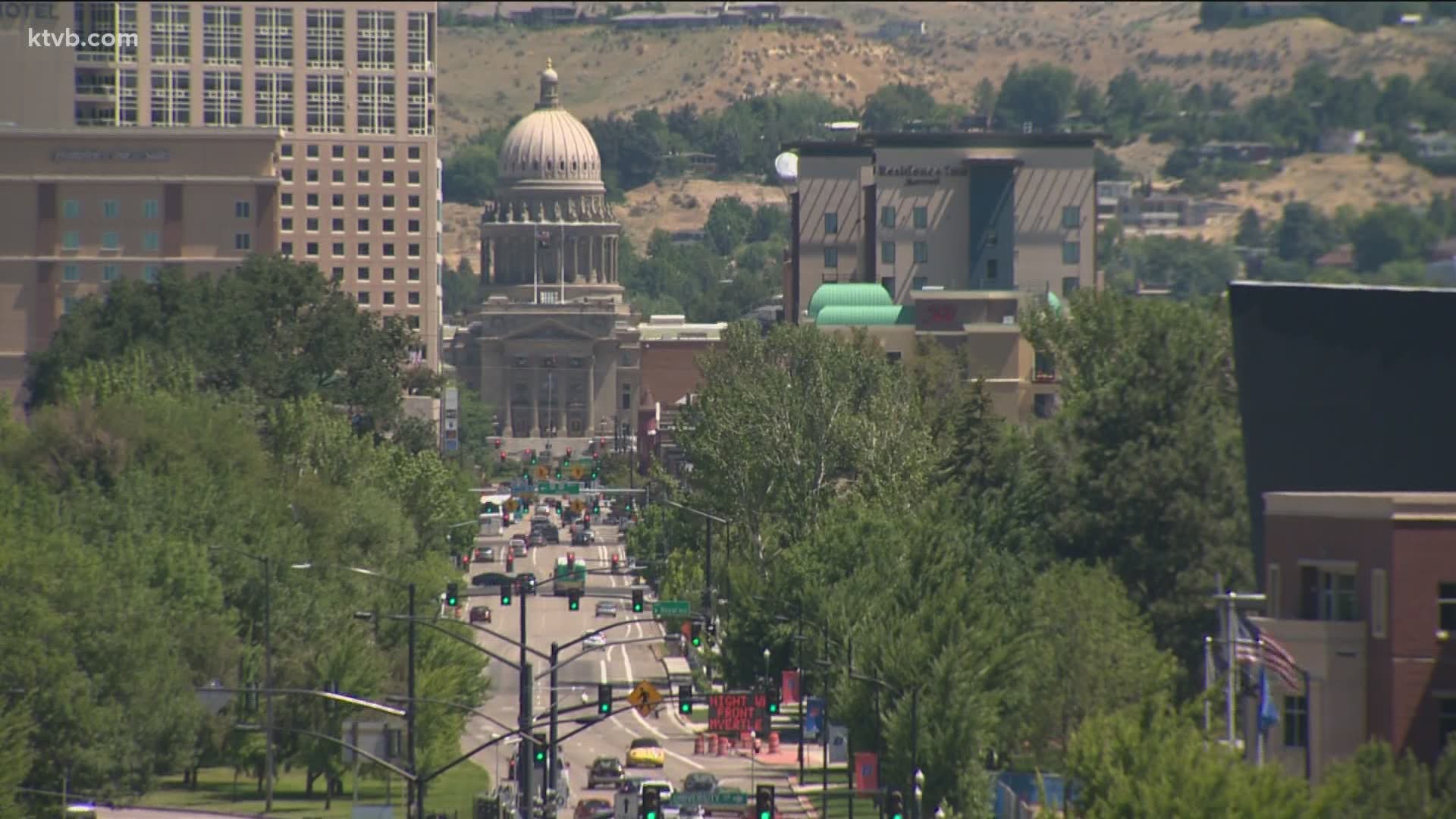BOISE, Idaho — 2020 has been an unforgettable year. From March on, millions of Americans have adjusted to telecommuting, mask-wearing, social distancing, and other practices that have become second nature for many people over the last 10 months.
A year ago, the coronavirus had only been identified in China, and people across the country were ringing in the New Year with large groups, and no masks to be seen.
By January, health experts in Idaho knew the coronavirus would likely come to the Gem State after cases started appearing in the neighboring state of Washington.
It was only a matter of identifying that first case which came on March 13.
“I wasn't terribly surprised; I knew it was a matter of time,” said Dr. David Pate, retired St. Luke’s CEO and member of Idaho Gov. Brad Little's coronavirus working group.
Health experts were worried about how bad it was going to get, especially when community spread was identified in Ada County.
In response, Gov. Little issued a stay-at-home order that lasted through the end of April.
“It’s unarguable that it worked,” Dr. Pate said. “At the peak, we had about 222 cases that were recorded in one day, and then after he put in the stay-at-home order, the cases did fall.”
It wasn't until May when the economy started to re-open amid low case rates. The state was seeing around 20 to 40 new cases every day.
Since that time, practically all businesses in the Gem State are open for business. Many are taking precautions to stay open to this day.
Idaho then saw a large spike of cases in July following Independence Day. That concerned public health experts, but not to the extent the spike in the fall did.
Hospitals started to get dangerously full and the state was getting close to initiating crisis standards of care.
“I was starting to get terrified," Pate said. “If this happens, this means we may not be able to take care of someone with a stroke or heart attack or a car accident.”
Fortunately, crisis standards of care were never activated and over the last few weeks, case rates have been declining along with hospitalizations.
Now the focus is on distributing the COVID-19 vaccine to enough Americans to get the chance of getting back what life was at the very beginning of the year with crowds and no masks.
“If sufficient numbers of people get vaccinated then yes, we can get back to that and it could be by next fall,” Pate said.
Until enough people are vaccinated though, while the year will change, the recommended precautions will not.
“I don't think things let up until March or April probably,” Pate said. “I hope this is the light at the end of the tunnel and we can say, okay, we can sacrifice that long, if it’s just a few months. We can do that.”
The Idaho Department of Health and Welfare released a timeline this week that is an estimate of when people could get vaccinated. According to the timeline, the general public will likely be eligible to get their vaccinations by May.
Facts not fear: More on coronavirus
See our latest updates in our YouTube playlist:

